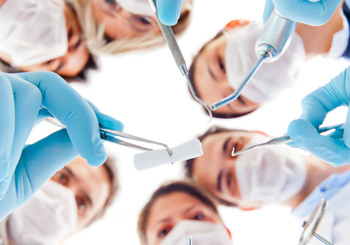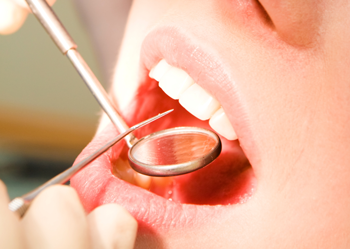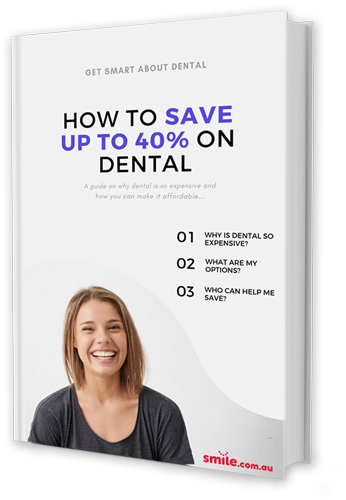Sleep & Sedation Dentistry
Reviewed Nov 2023 by Our Content Experts
It's highly common for patients to feel anxious about their dental visits. This is why sleep or sedation dentistry is used to help patients feel more comfortable and at ease during dentist appointments. It helps alleviate the fear of pain, needles, noises, and smells associated with dental care.
Sleep or sedation dentistry can help you finally relax in the dentist chair.

What Is Sedation Dentistry?
Sedation dentistry involves using medication to help patients relax during dental treatment. While it is sometimes also known as 'sleep dentistry', patients are usually awake during sedation dentistry, except for those under general anaesthesia.
There are several types of sedation available for dentist procedures, ranging from mild to heavy sedation. The level of sedation used will depend on the individual and the treatment being performed.
Who Is Sedation Dentistry Good For?
From dentist phobias to sensitive gag reflexes and more time consuming procedures, there are several occasions where sedation dentistry might be recommended.
For example, it is generally suitable for people who:
- Are afraid of going to the dentist
- Dislike the dentist due to past bad experiences
- Have difficulty achieving the desired effects of local anaesthetic
- Have sensitive teeth and gums
- Struggle to keep their mouth open or to sit still in the dentist's chair for extended periods
- Have a sensitive gag reflex
- Have a low pain threshold
- Have complicated dental requirements or are undergoing a long procedure.
Your smile.com.au dentist will be able to determine whether sedation dentistry is right for you depending on your unique circumstances.
Different Types of Sedation Dentistry
There are several types of sedation used for dental treatments. These range from mild to heavy sedatives, and can be inhaled, injected, or taken orally.
General Anaesthesia
General anaesthesia is distributed in a hospital or day surgery centre, and injected in the hand or arm by a registered anaesthetist. It's used to heavily sedate patients or make them lose consciousness in a deep sleep. They are then woken up once the procedure is finished.
General anaesthesia is a good option for patients with high levels of anxiety surrounding dental procedures, patients that have a low pain threshold, or patients who have difficulty keeping their mouth open or sitting still for long periods of time.
IV Moderate Sedation
IV moderate sedation involves injecting a sedative medication that makes patients feel relaxed without falling asleep. Patients can still follow the dentist's instructions, but often don't remember a single detail of their procedure afterward. This can be done by a professional dentist in a dental practice.
This type of sedation is ideal for patients who are feeling anxious and don't wish to remember their treatment.

Inhaled Minimal Sedation
Also known as laughing gas, inhaled minimal sedation provides a feeling of relaxation and happiness. This is a commonly used form of sedation as it takes just minutes to take effect and can be administered in doses for the desired effect depending on the patient. It also doesn't take long for patients to recover from inhaled minimal sedation.
This is a great solution for patients who are experiencing minor anxiety surrounding their procedure.
Oral Sedation (Use of Medication)
This form of sedation is taken in pill form and helps relieve anxiety. The patient usually remains awake and can follow instructions from the dentist, but will often be drowsy and won't remember much about the treatment. Because of the drowsiness effect, patients are not able to drive after taking oral sedation.
Oral sedation is best for patients who are experiencing minor anxiety surrounding their procedure.
Anti Anxiety Medication Through Inhalation
Also known as the 'green stick', anti anxiety medication through inhalation helps to relieve anxiety and encourage relaxation in patients.
It is safe to use, even for children and pregnant women, and is great for patients for are experiencing minor anxiety before their treatment.

How Safe Is Sedation Dentistry?
Like with any procedure, receiving anaesthesia and other sedatives does have its risks. However, it is generally a safe practice when given by an experienced smile.com.au dentist and registered anaesthetist.
There are a few occasions where sedation dentistry can carry a higher risk of complications. This might be the case if the patient is obese or has obstructive sleep apnoea. This is why it's important to discuss your health with your dentist before the procedure. During your pre treatment consultation, you should:
- Discuss your medical history, including any medication you're currently taking, to determine whether you're an appropriate candidate for sedation.
- Determine which type of sedation and dose is right for you.
- You'll receive a form informing you of the risks. Be sure to read it thoroughly, and ask your dentist for clarification on anything you don't understand.
Join Now & Save Instantly!
For the top-rated dental cover in Australia, join smile.com.au from just $79 a year and choose a smile.com.au dentist. Join online in 2 minutes by clicking Join Now & Benefit Instantly!

